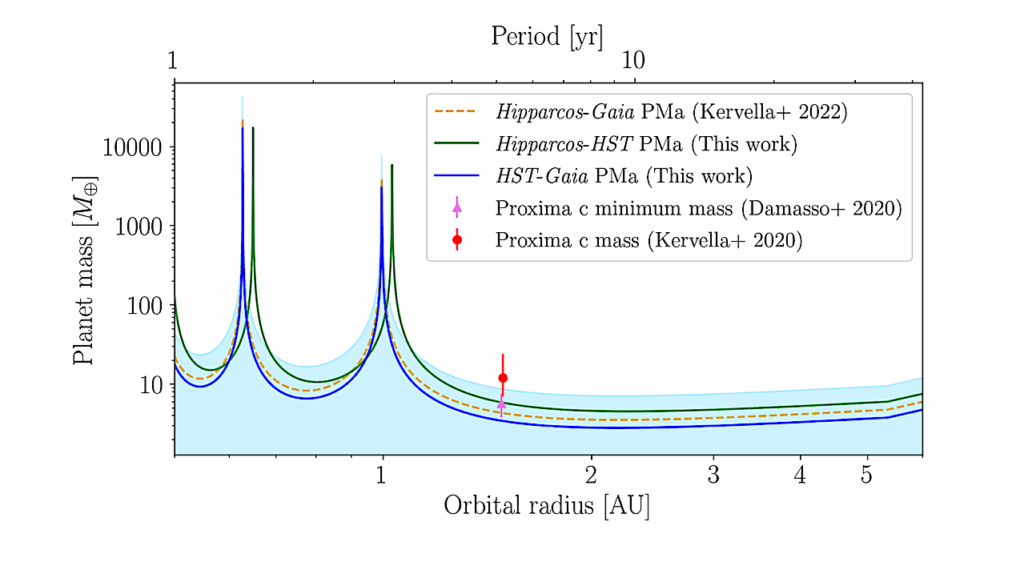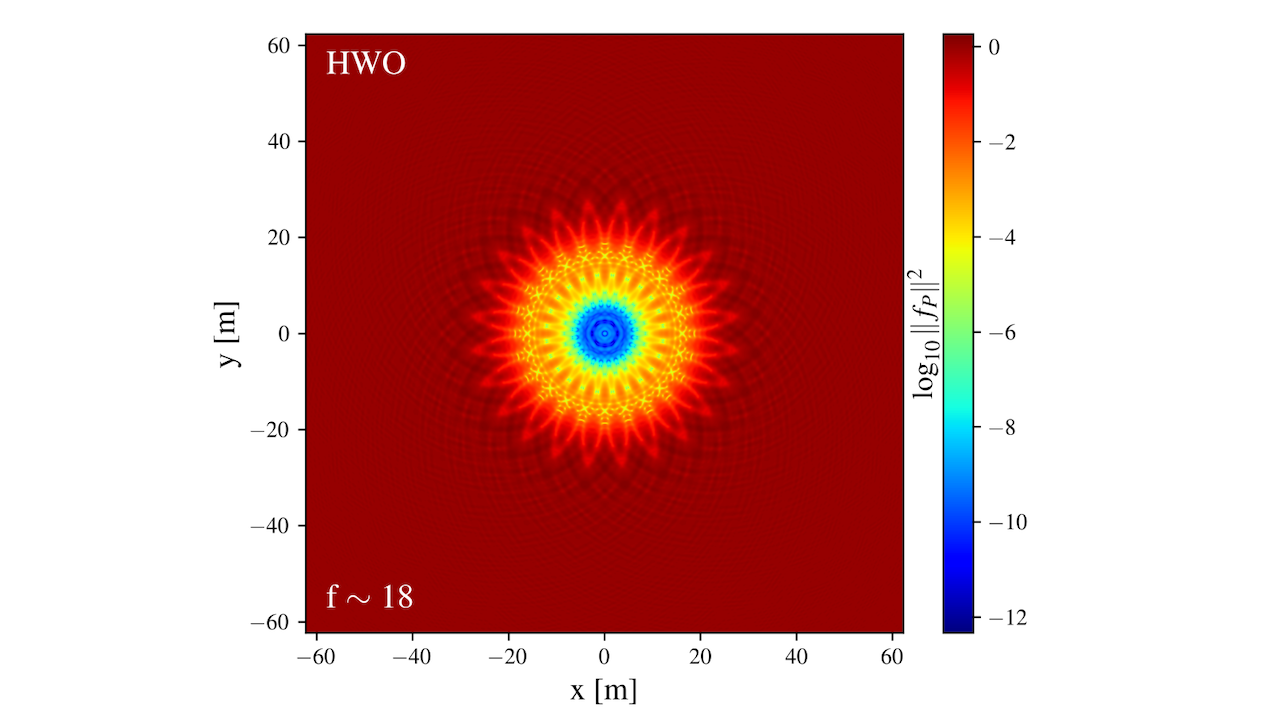Now Reading: Stellar Flares In The TESS Light Curves Of Planet-hosting M dwarfs
-
01
Stellar Flares In The TESS Light Curves Of Planet-hosting M dwarfs
Stellar Flares In The TESS Light Curves Of Planet-hosting M dwarfs


The recovery probability (successful AltaiPony detection) of injected flares in the TESS light curves of GJ 1132 (top left), TOI-2445 (top right), TRAPPIST-1 (bottom left) and the average of recovered flare durations (in minutes) and flare SNR for all three stars (bottom right). From tests on approximately 6500 injected flares per star, these heatmaps show the probability that AltaiPony detects a flare of a given duration and amplitude relative to the light curve noise. The color of each bin represents the recovery probability from 0 to 1, with black contours indicating the approximate curves of of 25%, 50%, 75% and 90% recovery probability. Although the noise levels within each stars’ light curve varies greatly, we see consistent recovery probability of flares. — astro-ph.SR
M dwarfs are magnetically active stars that frequently produce flares, which have implications for both stellar evolution and exoplanet studies.
Flare occurrence rates and activity levels of M dwarfs correlate with stellar characteristics such as age, mass, and rotation period. We search TESS observations of a known active population of M dwarfs as well as a volume-limited sample of M dwarfs within 15 parsecs.
We detect flares in the light curves of these stars, including 276 of 538 M dwarfs within 15 pc, and calculate cumulative flare frequency distributions (FFDs) for each star. Based on flaring behavior, we categorize stars into relatively higher and lower activity groups and fit power laws to their FFDs to compare the power law exponent (α) across activity levels.
We find α=1.99±0.07 for the combined FFD of the lower activity M dwarfs, compared to averages of α=1.94±0.58 for highly active stars with 10-100 detected flares, and α=2.03±0.43 for those with > 100 detected flares, suggesting little evolution in the power law distribution of flares as M dwarfs transition from high to low activity states. The uncertainties for the active star groups reflect the standard deviation of α values across individual stars within each subset.
Because stellar flares and associated stellar activity complicate exoplanet observations, we also examine the subset of M dwarfs with JWST transmission spectroscopy follow-up observations in Cycles 1-3. The flares we detect for these targets are consistent with the broader 15 pc sample, providing context for interpreting planetary atmosphere retrievals from JWST spectra.
Benjamin K. Capistrant, Jason Dittmann
Comments: 23 pages, 8 figures, 2 tables. Accepted for publication in ApJ
Subjects: Solar and Stellar Astrophysics (astro-ph.SR); Earth and Planetary Astrophysics (astro-ph.EP)
Cite as: arXiv:2511.13716 [astro-ph.SR] (or arXiv:2511.13716v1 [astro-ph.SR] for this version)
https://doi.org/10.48550/arXiv.2511.13716
Focus to learn more
Related DOI:
https://doi.org/10.3847/1538-4357/ae1ddf
Focus to learn more
Submission history
From: Benjamin Capistrant
[v1] Mon, 17 Nov 2025 18:59:20 UTC (6,639 KB)
https://arxiv.org/abs/2511.13716
Astrobiology,
Stay Informed With the Latest & Most Important News
-
 012024 in Review: Highlights from NASA in Silicon Valley
012024 in Review: Highlights from NASA in Silicon Valley -
 02Panasonic Leica Summilux DG 15mm f/1.7 ASPH review
02Panasonic Leica Summilux DG 15mm f/1.7 ASPH review -
 03From Polymerization-Enabled Folding and Assembly to Chemical Evolution: Key Processes for Emergence of Functional Polymers in the Origin of Life
03From Polymerization-Enabled Folding and Assembly to Chemical Evolution: Key Processes for Emergence of Functional Polymers in the Origin of Life -
 04How New NASA, India Earth Satellite NISAR Will See Earth
04How New NASA, India Earth Satellite NISAR Will See Earth -
 05And Thus Begins A New Year For Life On Earth
05And Thus Begins A New Year For Life On Earth -
 06Astronomy Activation Ambassadors: A New Era
06Astronomy Activation Ambassadors: A New Era -
07SpaceX launch surge helps set new global launch record in 2024





















